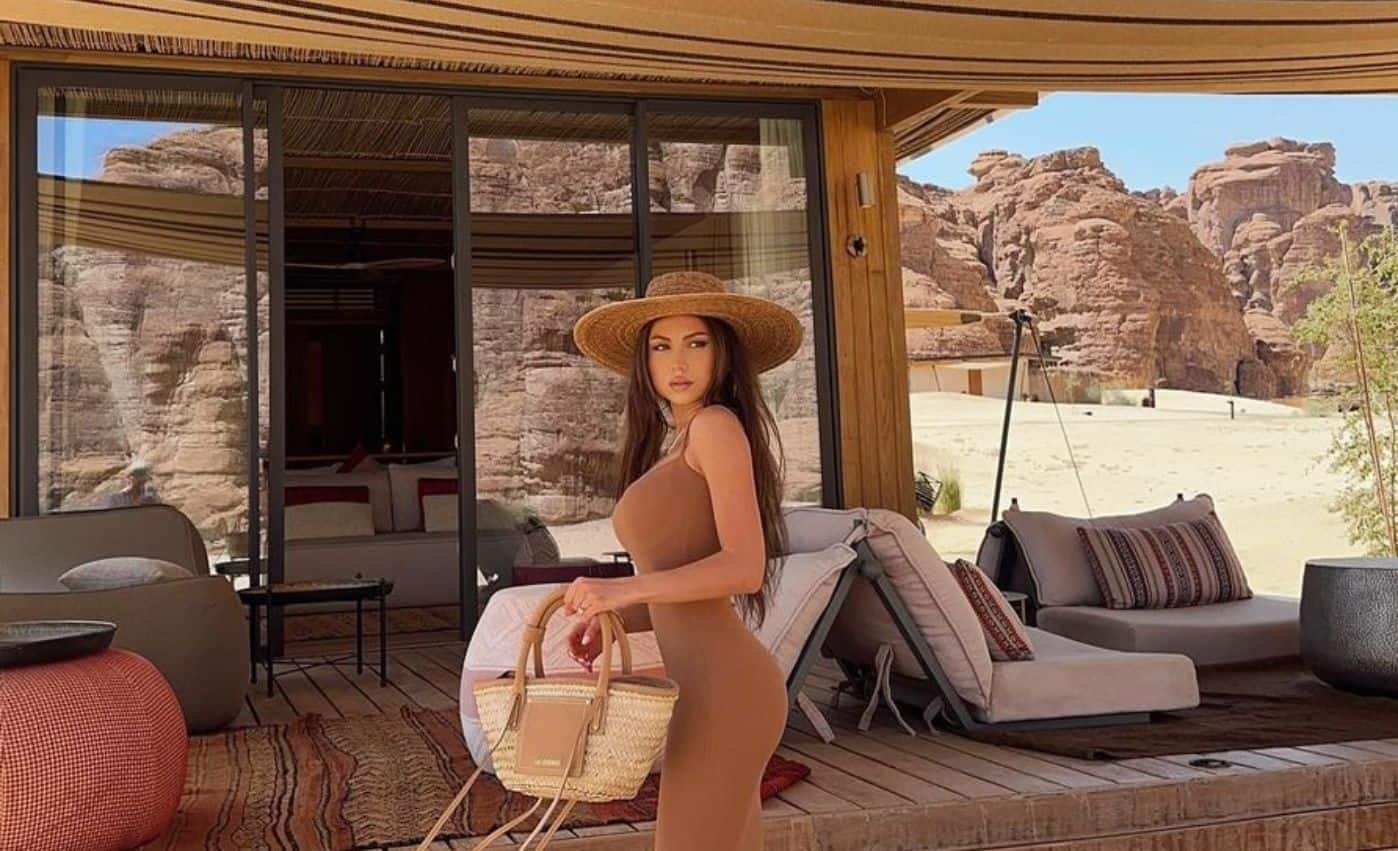Saudi Arabia’s tourism industry overtook Dubai’s in the first quarter of 2023 – and its influencer industry might be next.
The Kingdom of Saudi Arabia is currently committed to achieving its ambitious Vision 2030 goals. By the start of the next decade, Saudi Arabia wants to attract more than 100 million visitors per year, propping up a tourism sector that will hopefully contribute 10% to the country’s overall GDP.
To make this happen, it’s investing approximately US $1.5 trillion (£1.26 trillion) into tourism and leisure projects to attract every and any kind of holidaymaker. That includes Qiddiya – an entertainment megaproject in Riyadh that will include everything from the Middle East’s first Six Flags theme park to a Formula One racing circuit – and Neom, its sci-fi-esque smart city in the desert, complete with a car-free, AI-controlled society totally contained by mirrored walls.
You may also like
This isn’t just blue-sky thinking. Several Vision 2030 projects are already coming to fruition, including the AlUla Project. Over the past few years, the historical city has been totally renovated into a luxurious, Instagrammable “living museum” – one that seems to be almost exclusively marketed by influencers.
Focus on supporting creators
Since opening in 2021, its primary hotel, Habitas AlUla, has racked up 52.6 million views on TikTok. Influencers from all over the globe – not just the Middle East – have shot content across its desert grounds, while brands such as Dior have used AlUla to host show-stopping influencer events featuring the likes of Mr Moudz, Mohammed and Humaid Hadban, and Rawkan Binbella.
Going influencer-heavy is a pattern that repeats across multiple #VisitSaudi projects. Creators from the UK, US, and beyond have vacationed in the Kingdom courtesy of the country’s tourism board. To date, there are more than 143.6 million views on #VisitSaudi videos on TikTok, with the hashtag mainly populated by videos pushing lesser-known facts about or attractions in the country.
Content is shifting within the country, too. Influencer advertising spending increased by 23.5% in 2022, and there’s been a surge in campaigns tapping into internationally relevant conversations such as female empowerment and body confidence. And four years after Saudi Arabia loosened its dress code for women, new destinations such as AlUla have seen female creators share content dressed in much more European-style summer fits – including bikinis.
These developments aren’t a coincidence. Saudi Arabia’s growing influencer industry is intrinsically linked to its travel ambitions. It was after announcing its Vision 2030 goals that the country started legitimising its creator economy, introducing influencer licences and clearer guidelines for those producing content.
The reason why is simple: Saudi Arabia utilises its creators as global ambassadors, promoting a side of the Kingdom unknown to those beyond its borders, which in turn boosts its tourism industry. The more its tourism industry grows, the more opportunities there are for its influencers. And so on.
With that in mind, Saudi Arabia’s burgeoning status as a tourism destination can mean only big things for its creator economy. Influencer marketing in the Middle East is supposed to hit US $1.3 billion (£1.05 million) this year – and Saudi Arabia is sure to make a huge contribution to those numbers. It’s already snatched the Middle East’s tourism crown. Next stop, the title of its influencer capital.
By Chloe James, Middle East correspondent for CORQ.










